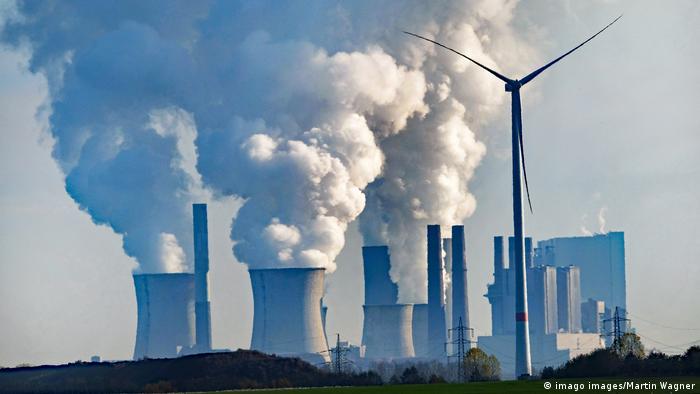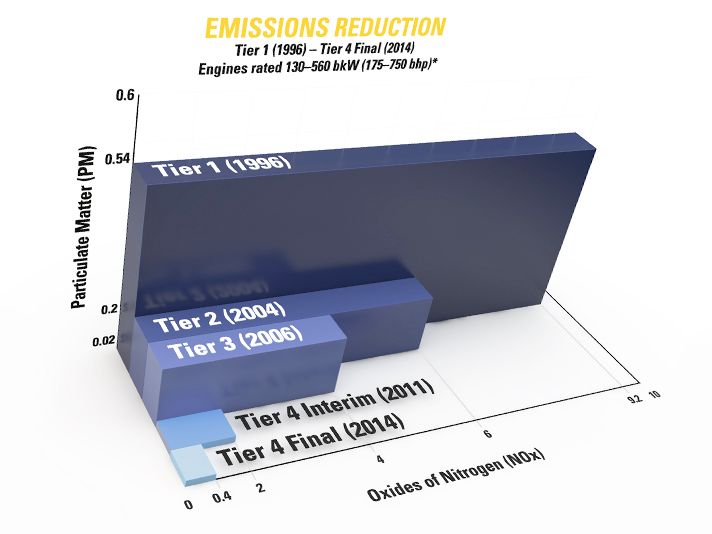I fall into an interesting place in this discussion with my background, a few years ago I was going to school for your typical Mechanical Engineering degree because being a car nut I wanted to work in the industry. About half way through I switched gears and graduated with one of the first Energy Engineering degrees that could be found back in 2012. I know the technology has made leaps and bounds in the last ten years, but I've got some knowledge of engines, power production, fuels, battery chemistry, solar, wind, etc. Out of school I went to work for a diesel-electric locomotive manufacturer and now I work in the heavy duty truck industry. I also own things like a Volt that has put down 70k trouble free miles, old muscle cars, and fun sports cars.
There is a balance to everything and right now we are in a stage of shifting the balance. I don't expect to see any single solution but rather many different smaller players all combining to make the shift.

As for the future of GRM types, as the number of EV and Hybrid vehicles grows so will the resources to build fun cars and racecars. One person I found documenting this well is Sasha Anis who has a youtube channel and has been featured on Speed Academy multiple times. He has built some rather interesting vehicles like a fully electric Lotus Evora and a 700hp Hybrid 350Z racecar. There is also a project he runs called Mountain Pass Performance modifying Tesla vehicles. To me this means we will be able to build high horsepower, fun, track capable vehicles in the future. There will be more software to make it all work, but look at it like the shift from carbs to fuel injection. Now you have get an aftermarket tune on nearly any performance vehicle and alter the engine maps, transmission, modes, etc. I don't expect this to replace ICE vehicles tomorrow but I would welcome their introduction.
- Where EVs excel and where they aren't ready yet

EVs make a lot of sense for stop and go applications where they haven't been fully implemented yet - like the school buses and city transit buses discussed earlier. Other places this makes a lot of sense would be mail delivery, trash collection, urban cargo delivery, etc. Replacing the engines powering these types of vehicles would be a huge efficiency increase - ICE isn't best suited to stop and go. Today EVs also don't make much sense for long drives where the need for power density is high like towing, 80k pound big-rigs, etc. We don't have the technology and infrastructure to support this quite yet, but the work is underway.
- Power Generation and the Grid

As for power generation the costs for solar and wind along with other renewable sources are edging closer to being competitive with typical fossil fuels which will further their adoption. The last few months under the pandemic has been an interesting time to watch as long held traditions in the energy market did very strange things like oil trading for negative prices. Solar in particular is interesting because there is very little maintenance required and when using the sun your 'fuel' is effectively free. I used to race at Toronto Motorsports park which is surrounded by wind turbines which felt pretty awesome. I would expect to see a shift to a more decentralized type of power generation in the future as old coal plants die out or get too costly to keep online and within the emissions rules. A great place for information in this regard is the US Energy Information Administration EIA.GOV.

On the topic of emissions, as a general rule of thumb the larger and heavier the tool the more lax the emissions laws are on that item. For example large low-speed diesel engines in cargo ships burn the nastiest fuel called bunker fuel that needs to be heated so that it can even flow. And when you are in international waters there are no rules on what comes out the exhaust pipe. But at the same time, consider there are fewer of these things compared to passenger vehicles. Off highway machines are also looked at differently than on highway vehicles so there are a lot of variables to consider. The graphic above from CAT shows the drastic changes that have occurred in the last 25 years for emissions regulations. Each step required more development money, testing, and technology a lot of which had growing pains and reliability issues. While that acceptable area keeps getting smaller there are other countries coming online that want the same things we have now and don't follow the same rules or use older standards.
I'd like to build a house with solar panels that generates most if not all of its own power, I'll drive my EV/PHEV for daily boring things, and keep a gas burner for fun on the weekends.












































